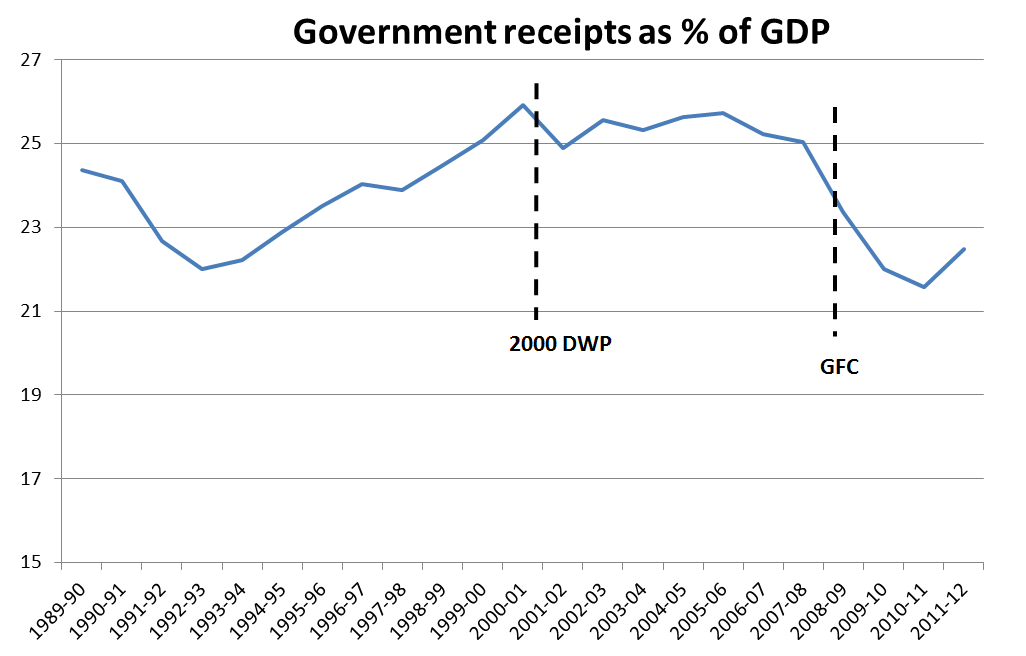Defence: is it really all about the money?
There is a tendency by many commentators to see defence as just being all about money. A cut is intrinsically bad, growth naturally good. For some, the size of the defence budget is held as a real measure of the defence credentials of a government or nation. Hugh White’s latest missive is a good example of this, although I’m sure unintentionally.
At its core the focus on money is derived from considering defence as an insurance policy against the risk that bad things might happen. This was the case with the 2009 White Paper which saw that the key problem in defence planning was strategic risks. This kind of approach addresses risks through building and sustaining the necessary defence (and other national) capabilities such that these risks might be controlled to tolerable levels. This costs money. So the more money you spend, the more risks that can be handled and/or the less damage that these risks if they occur might inflict.
There are some issues with this seemingly reasonable approach when it is translated into the arcane art of budgeting. Firstly, only some risks can be addressed while most are ignored. As US Defense Secretary Bob Gates warned: ‘Nobody lives in that world…you are never going to get to zero threat. You could spend $2 trillion and you’d never get to zero threat.’ Read more

